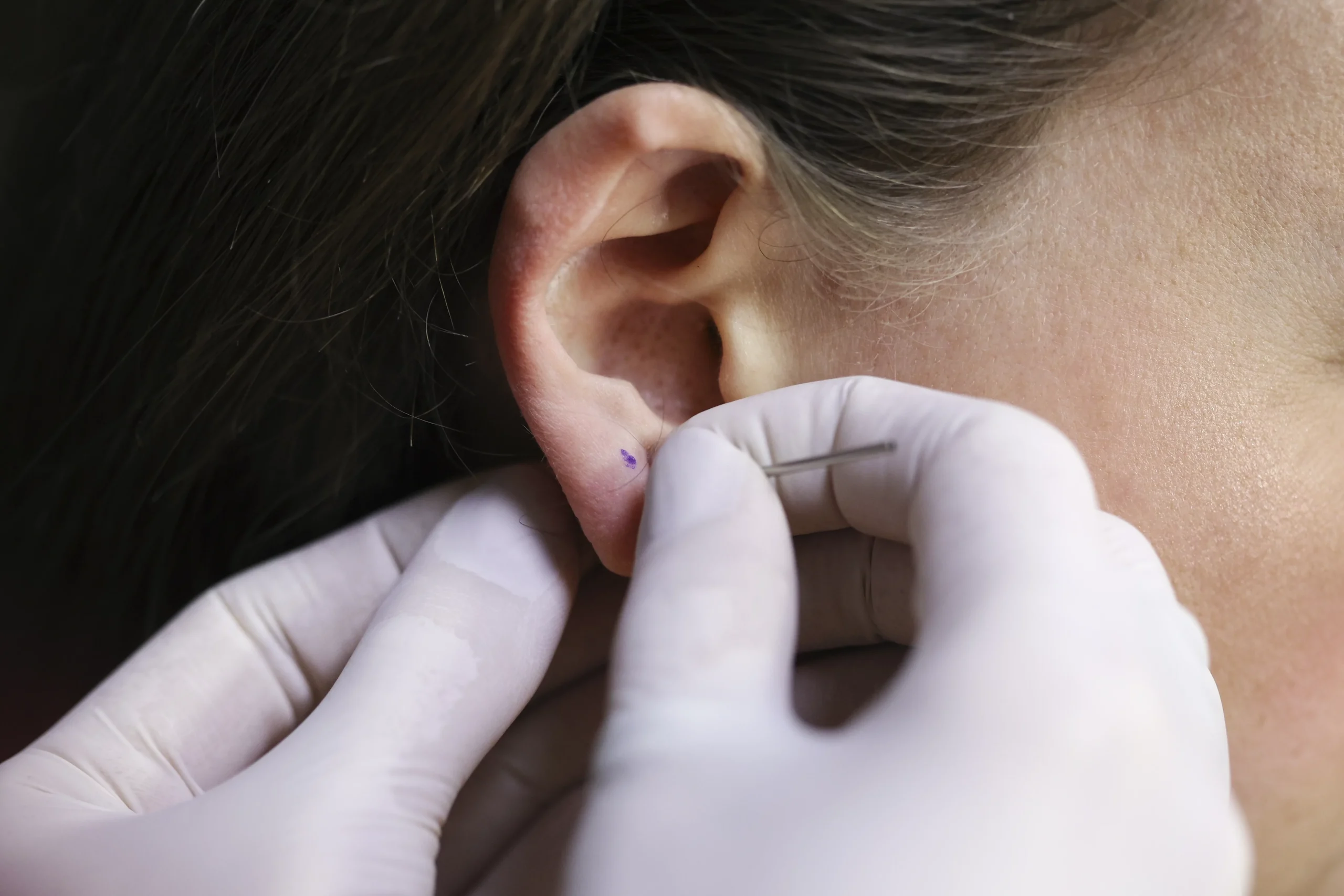preahvihearhotel.com – Getting a piercing can be an exciting way to express your personal style, but it’s important to know what to expect during the process. From selecting a professional piercer to aftercare, here’s a comprehensive guide to help you navigate the piercing journey.
1. Choosing a Reputable Piercer
The first step is to find a reputable piercer. Look for professionals with good reviews and experience in the specific type of piercing you want. Visit the studio beforehand to ensure it’s clean and follows proper sterilization practices. Don’t hesitate to ask about their qualifications and the types of jewelry they use.
2. Consultation and Preparation
Once you’ve chosen a piercer, you’ll have a consultation to discuss the piercing process and any concerns you might have. This is a good time to ask questions about placement, healing time, and aftercare. Make sure to disclose any medical conditions or allergies you have, as this can affect the procedure.
3. The Piercing Procedure
On the day of the piercing, ensure you are well-rested and have eaten beforehand. The piercer will clean and mark the area to ensure correct placement. They will then use a sterilized needle to perform the piercing. It’s normal to feel a quick pinch or pressure, but the discomfort is usually brief.
4. Choosing Jewelry
Immediately after the piercing, you’ll select the initial jewelry. It’s important to choose high-quality materials, such as surgical steel, titanium, or gold, to minimize the risk of allergic reactions. Your piercer will typically recommend a slightly larger piece to accommodate swelling during the initial healing phase.
5. Aftercare Instructions
Proper aftercare is crucial for healing. Your piercer will provide detailed instructions, which typically include cleaning the piercing with a saline solution, avoiding touching or twisting the jewelry, and avoiding submerging the piercing in pools or hot tubs. Follow these instructions closely to prevent infections and promote healing.
6. Healing and Potential Complications
Healing times vary depending on the type of piercing, ranging from a few weeks to several months. Be mindful of signs of infection, such as excessive redness, swelling, or discharge. If you notice any of these symptoms, contact your piercer or a healthcare professional promptly.
7. Long-term Care
Even after the initial healing period, proper care is important to maintain the piercing. Continue to clean the area regularly and be cautious when changing jewelry. If you decide to remove the piercing, be aware that some holes may close quickly, while others may leave a permanent mark.
By understanding each step of the piercing process, you can ensure a safe and enjoyable experience. Remember, taking the time to research and prepare will help you make informed decisions and achieve a piercing that you can enjoy for years to come.
